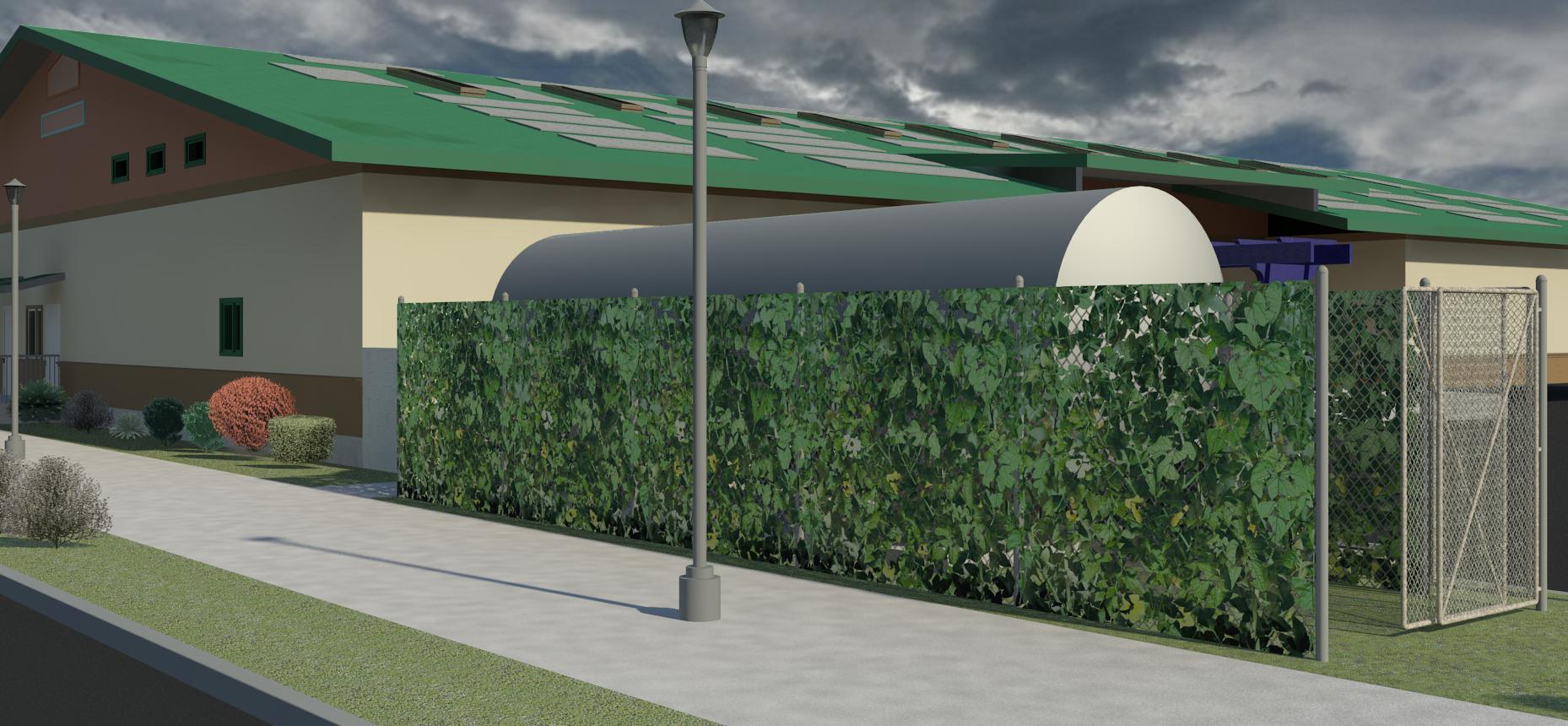


We see things in 3D, so the best way to show an idea is in 3D! Now, this isn’t a new idea by any means. Let’s face it, plans and elevations are great for showing accurate design setting out, but have never been the best way to show “the layperson” what you’re trying to design. The best way to show someone (a client, buyer) your design is to produce and accurate visual representation of your idea. If you ever go offsite, make sure to download this folder to your local drive and add the appropriate path so Revit re-establishes where to find the images for rendering purposes.They say a picture paints a thousand words! This has never been truer than in architectural design. Once done, pick the “Ok” button and you are all set to go.

Now, pick on the browse button to add the path location for Revit. Go to the Application Menu, the purple R at the top left, and go to “Options”.Ĭlick on the “Rendering” tab and select the green “+” sign to add the new custom folder for your project. Now that you have made the folder under your project folder, you need to tell Revit where it lives. Place all of the custom images and bump files in this folder, that way, if someone goes offsite, or takes the project home, they can grab this folder and won’t get the error stating that you are missing textures when rendering. Recently, a few clients have been running into this issue, so my recommendation for best practice is to start creating a specific folder for rendering materials under the project folder. Because of that, sometimes an issue arises concerning knowing where those extra image files are being stored and how to access them if you need to go offsite. With that also comes finding, building or creating your own rendering materials (image files) for your projects. Revit Rendering Materials: Sharing Amongst Home, Office and the CloudĪs more and more people are adopting the Revit platform, they are discovering the rendering tool and using it more on projects.


 0 kommentar(er)
0 kommentar(er)
